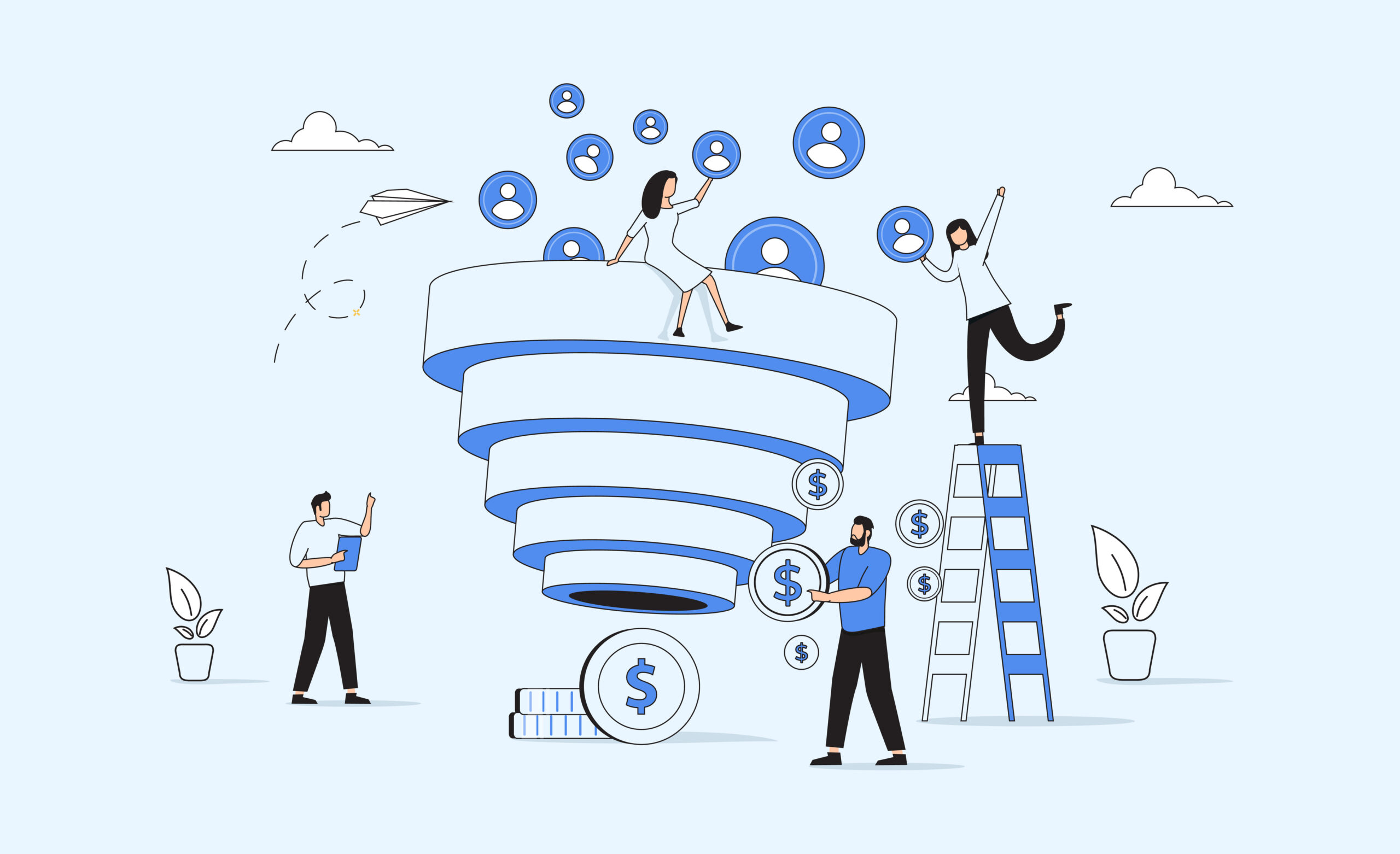Beyond the anecdotal evidence, I accrued working as a customer service professional for a large IOU operation, finding broad data on the virtues of great utility customer service remains elusive. As a natural monopoly, utilities often exist unmoored from one another; every operation is a little different, with different motives, expectations, and long-term objectives. Still, the scant research available on the topic indicates some universal interests for utility customers:
- Access to renewable energy technologies (and they’re likely willing to pay more for it!)
- Affordable energy costs
- Reliability and consistency
- Effective communication
Whether to meet global decarbonization efforts or to enhance grid reliability through distributed energy resource (DER) initiatives or managed charging programs, the utility industry is already rising to meet evolving customer needs. While broad-sweeping utility customer service statistical data is frustratingly difficult to secure, the anecdotal evidence remains apparent; customers and members want transparency, innovation, and reliability. So, how can utilities rise to satisfy customer expectations within narrow operational budgets? Well, the answer is a bit easier than you think.
Meeting Utility Customer Needs
While utilities are navigating these massive challenges, funding from the Inflation Reduction Act and a rising prosumer base offer electric providers the invaluable resources they so desperately need to adopt clean energy and conservation programs. Before we dig into the opportunities that enhanced utility customer service promises, here are a few quick pointers to meet rising demand, strengthen grid reliability, and minimize energy spending.
Demand Flexibility
The adage “a penny saved is a penny earned” is at the heart of any demand flexibility program, which describes a variety of conservation efforts that mitigate the strain of peak demand strain through a concerted community push to use less. While demand response addresses the specific action of a demand event, demand flexibility is any program that encourages less usage during targeted time frames. Along with demand response initiatives, demand flexibility may also look at total costs to incentivize use at preferred times of day, such as TOU rates designed to discourage excessive use during periods of peak demand.
Forecasting
With robust demand forecasting tools, utility operators can better anticipate demand and the requisite resources required to rise to community needs. The capacity to better forecast demand improves any operation’s ability to pre-plan for energy spending, find the most affordable and efficient electricity on the market, and ensure the continuity of service that enhances utility customer service metrics.
DER Initiatives
The alternative to demand flexibility programs, DER initiatives were created to combine and utilize existing energy assets throughout the community. This includes managed charging programs, virtual power plants, and any program that utilizes renewable energy to strengthen and gird the grid during times of peak demand. The Inflation Reduction Act promises to enhance funding to renewable energy technologies, which mirrors the public interest in electrification, whether that’s wider access and adoption of electric vehicles, home solar, battery storage, or more.
A Tale of Two Cities
As we’ve noted in the past, the U.S. has struggled with supply chain and reliability issues, especially during the heat waves that have affected much of the continental U.S. in 2022. To meet those challenges, electric companies have employed the types of programs enumerated above, to varying degrees of success. A great story, if still anecdotal, unfolded recently in two cities that perfectly underscores the need for increased commitment to utility customer service: in one area, customers were alerted to a demand event and called to help, whereas, in the other, they were neither warned nor given the option to participate or not.
On August 30, thousands of Colorado residents discovered that they were locked out of their smart thermostats during a hot summer day at peak demand hours. Affected customers were enrolled in a demand conservation plan meant for exactly this type of situation. Unfortunately, unlike with previous program events, customers were not alerted to the upcoming demand event and weren’t given the ability to opt in or out. This understandably led to public backlash via social channels (and likely some very heated call center conversations).
Meanwhile, California utilities celebrated a victory as widespread communications and alerts led to substantial public program participation. Using an alert system to ping millions of cellphones, Californians were urged to conserve energy to minimize the potential of blackouts during peak hours. The results were astounding, as many minimized their energy usage and saved thousands of megawatts within 45 minutes. While there hasn’t been time for a deeper analysis of whether or not the messaging worked, the proof is in the pudding: as soon as alerts went out, usage went down.
Easy Steps to Improve Utility Customer Service Now
While there is no magic word that can automatically improve customer service metrics, there are simple steps utilities can take to get there quickly and affordably. Below are a few:
- Listen to customers and meet them where they are – Especially for low-to-moderate income (LMI) communities, smart technologies are a luxury that may not be affordable. Listen and offer low-cost alternatives or partner with organizations dedicated to empowering these communities to get the WiFi or smart tech that they need to even begin a demand response or DER program.
- Use simple language – If you’ve ever tried to explain your work in the utility industry, you already know how bewildering it can be to people outside the industry. As simply as possible, explain why your rates are what they are, and what steps you’re taking to keep rates low and the lights on.
- Don’t be shy about climate change – The climate crisis is real and annual temperature extremes are here to stay for now to the point that psychologists have coined the term “climate anxiety.” Explain how this impacts billing and what you’re doing to help minimize the damage to our fragile global environment.
- Give customers options – In as much as possible, make certain that customers know what their choices are and how best they can engage. As with the stories above, removing choice is a surefire way to upset the most important people in your world, your customers.
Remember, higher utility customer service scores can increase ESG ratings, which directly benefits the credit level of utility operations, and, in some cases, executive pay structures. Additionally, research indicates that happy utility customers have the power to increase the overall revenue at any operation.
Conclusion: Enhancing Utility Customer Service
While the data is unclear where more robust utility customer service may lead, the evidence is apparent: people want transparency from their utility company and respond to it. This openness can lead to increases in the DER and demand flexibility program enrollment needed to meet decarbonization efforts. Likewise, while electrification initiatives strain the grid, they ultimately offer non-wired alternatives that save utilities on costly infrastructure costs, while lowering energy spending.





